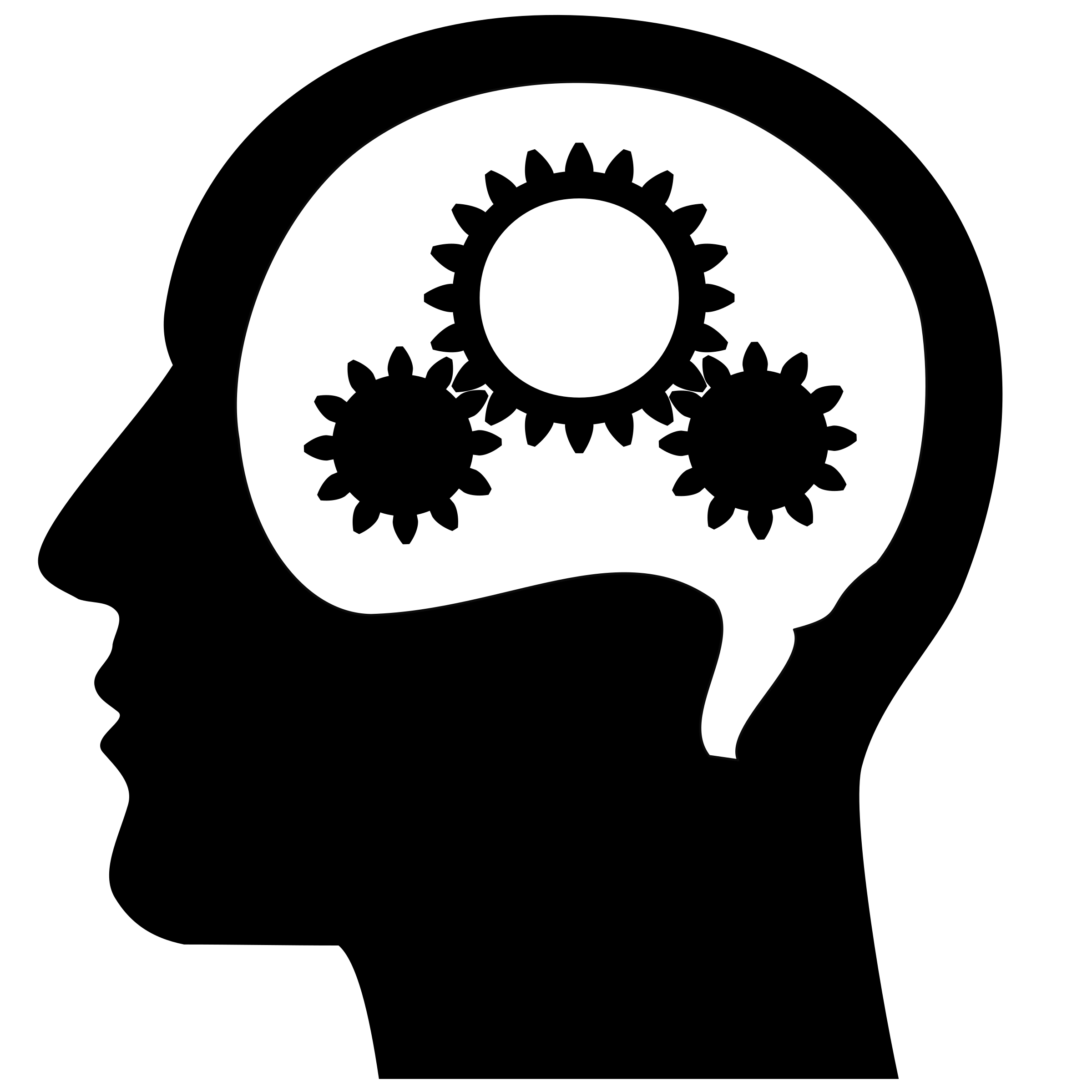The Reality Distortion Field: Metaphor
Your high school English teacher taught you that metaphors were flourishes or poetic devices – that little bit of finishing salt to enliven a dish.
How wrong s/he was. S/he handed you a tool for great good and/or a weapon for great evil. If s/he really understood its awesome power, the metaphor would not have been allowed within 500 yards of a school.
Don’t believe me? A metaphor can kill. You hear about the “War on Cancer” starting with the National Cancer Act of 1971 and continuing through to the Obama-Biden Plan to Combat Cancer. But did you know that framing cancer as the enemy backfires? Reading about cancer in that warlike frame causes people to reduce their efforts to prevent cancer. In that way, the metaphor of “War on Cancer” kills.
That said, the war metaphor makes people more likely to act on climate change. Framing it as a race against climate change, rather than a war, make people less likely to act.
Metaphors can also cut through partisan divides. There are few more polarizing issues right now than criminal justice, with its tentacles into discussions of “criminal illegals” in the realm of immigration, racial biases in policing, and even the correct posture modern-day gladiators should adopt when the anthem plays.
So imagine my surprise when I found that a metaphor can change a person’s views more than whether they are a Democrat or a Republican in this study. Half of participants heard that crime was a “virus infecting” the city. The other heard crime was a “beast preying” on the city. Those who heard about the virus thought you should treat this virus like a virus – preventative and reformative measures that address the root cause of crime. Those who heard about the beast thought you should treat this beast like a beast – police it, hunt it down, and cage it. In other words, preventive versus punitive.
The gap in just these metaphors was greater than the yawning chasm between the political parties. Two words could erase red and blue, if only for a time.
 We even use these metaphors to think about how we think. Since our early beginnings, humans talked about our brain using the most advanced technology currently known. For ancients, this was clay with life breathed into it. When we got aqueducts, we had a hydraulic model of intelligence with the four humours trying to be in balance. Then it was automata and Descartes saying we are machines and Hobbes saying thinking comes from mechanical motions in the brain. In the 1800s von Helmholtz compared the brain to a telegraph. Now we are firmly in the digital age and we use a computational theory of the mind.
We even use these metaphors to think about how we think. Since our early beginnings, humans talked about our brain using the most advanced technology currently known. For ancients, this was clay with life breathed into it. When we got aqueducts, we had a hydraulic model of intelligence with the four humours trying to be in balance. Then it was automata and Descartes saying we are machines and Hobbes saying thinking comes from mechanical motions in the brain. In the 1800s von Helmholtz compared the brain to a telegraph. Now we are firmly in the digital age and we use a computational theory of the mind.
This metaphor changes how we think about thinking. We think, for example, we can recall things as they happened the way a computer can pull something out of memory. We can’t. We are horrible eye-, ear-, nose-, etc. witnesses.
All this to say you can build your supporter base and advance your mission with the right metaphors and destroy them with the wrong ones.
And, as with everything in fundraising, it may depend on the identities of your donors. Those who were patients at your hospital (for example) may best view you as a caring parent; those who weren’t may think of your research efforts as a giant brain working on the solutions to difficult medical problems.
The key thing to remember is that metaphors don’t just describe reality – they shift it. Using the right tool with the right donor can make you more important and relevant; the wrong metaphor can drive them away.
Nick



Thanks, Nick,
Lots of food for thought here.
Creating a powerful, driving image begins with knowing your donors — a subject that has been covered here in many ways, but is still a mystery to many organizations
On a lighter note, I could quote Grothe “I never metaphor I didn’t like.” But that would be punny.